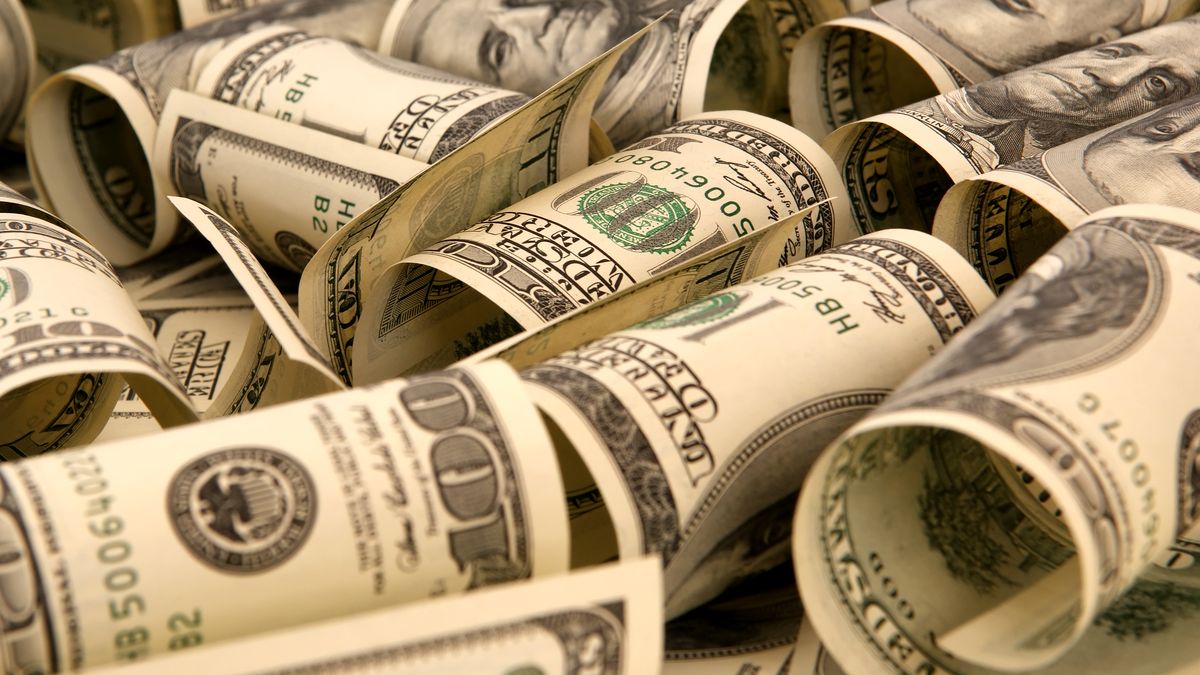Likewise, the market is attentive to what the result of the next Treasury tender at the local level, which has been having some difficulties in placing debt in recent times. The Ministry of Economy will tender this Wednesday a menu of Bills and National Treasury Bonds for a total of $160,000 million and US$375 million. And, beyond what happens with the monetary policy of the FED, the result obtained in this process will be a variable that, without a doubt, will set the course for the dollar going forward.
“Today the market operates normally, the official dollar He handles himself very calmly, always within the scheme imposed by the BCRA, and there are no tensions”, describes Gustavo Quintana from PR Operadores de Cambio. This reflects a scenario in which, thanks to the soybean dollar II, dollars are entering the reserves of the Central Bank (BCRA) and that generates a better exchange climate. Since the start of the program, the financial regulator has managed to pocket around $800 million already, easing pressures on the dollar.
That and the expectation of an improvement in expectations regarding the inflationary course, which would make the monetary policy rate become truly positive month by month are the variables that combine for the exchange market be calm these days.
The Fed’s rate policy: this is how it will affect the dollar
And now a new factor appears: the politics of rates in the United States. As explained to Ámbito by the economist Federico Glustein, “if the raise the rate is what is expected in the market, which predicts an adjustment of 0.5%, it will be positive for Argentina in terms of exchange because the course of the dollar strengthening and the risks of capital outflows from the country towards the instruments of the United States Treasury would be reduced”.
Likewise, it considers that it would be positive for the credit conditions for the emerging countrieswhich would also generate a better situation in this regard for Argentina and Gluestin assures that this is good because it goes against a situation of greater dollar shortage“an element that would put pressure on the exchange rates and would affect the prices of the us currency”.
Along the same lines, the economist Pablo Ferrari maintains that a strong rise in interest rates short on the part of the fed would strengthen the dollar against the rest of the currencies and would foster a trend towards “flight to quality” behavior among investors, who go towards US assets due to an improvement in yields. “This type of process ends up devaluing the coins of the emerging countries and this phenomenon would also be expressed in Argentina”, he details.
Brazil: the dollar ended below 4 reais for the first time in 5 weeks
The dollar weakens against emerging currencies with a lower rate rise.
Thus, such a cycle would result in a greater devaluation of the peso against the dollar, which would alter the local exchange situation. However, the prospect of a more moderate change in the United States rate in the light of better inflation data suggests that these negative effects on the exchange rate will be reduced towards the last stretch of the year.
And Ferrari points out that, “if Argentina can continue to increase its Bookingsjust as you are doing under the soybean dollar IIwill have some margin to cushion any negative effect on the exchange rate”.
With these data on the table, Quintana anticipates that, in the coming days, he does not expect any significant changes in the dollar market. “The teaofficial exchange rate It is hyper-regulated and, therefore, nothing new can be expected and in the rest of the markets we will see what happens with the demand for pesos in the last part of the year: some reaction may be noticed, after the announcement made by the FED , but I don’t see much happening between now and the end of the year”, evaluates the exchange operator.
Treasury debt placement: another key element for the dollar
In recent times, the BCRA has applied a quite aggressive rate policy. “A tax rate of 75%, with a TEA of 107%, favors the exchange rate”, says Glustein. But he warns that debt tenders are becoming more complicated and that could make many investors start to think about dollarizing instead of going towards instruments in pesos.
“The difficulty in placing debt and the fall in bonds makes the BCRA have to issue more pesos, which will surely influence the prices of the blue”, predicts the economist. That would make the rate as a dam for parallel markets not be as effective. The big problem is that we still have a economy indexing high and to this is added a greater issuance of pesos as a consequence of the soybean dollar, which also exerts pressure on the prices of the economy.
If this is combined with a greater need for assistance from the Treasury by the BCRA due to lack of financing in the local market, which would force a greater issuance of pesos, it would put more pressure on the different alternative exchange rates. This is a path that the Economy tries to avoid at all costs and for this it is trying to generate new sources of tax revenue at all costs, such as the implementation of the soybean dollar (which results in more reserves and more revenue), the agreement with the United States to force the declaration of goods and assets abroad that are taxed, among other announcements. And it is that Minister Sergio Massa knows that more pesos is more inflation and, of course, fuel for the exchange market.
Source: Ambito
I am a 24-year-old writer and journalist who has been working in the news industry for the past two years. I write primarily about market news, so if you’re looking for insights into what’s going on in the stock market or economic indicators, you’ve come to the right place. I also dabble in writing articles on lifestyle trends and pop culture news.




